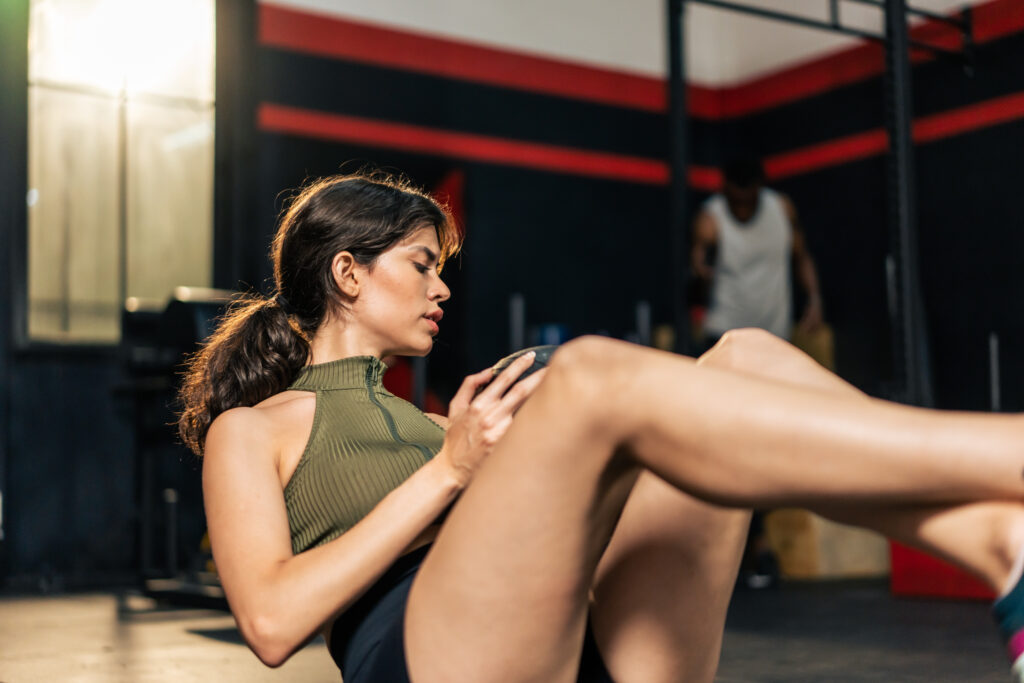Understanding body fat percentages can be a bit abstract, so let’s break it down.
When a woman has a body fat percentage of 12%, it means that 12% of her total body weight is composed of fat, while the remaining 88% consists of bones, organs, water, and muscles. Now, let’s talk about how that might visually manifest on a female body.
At 12% body fat, a woman will have a very lean appearance. The muscles in her body will be well-defined and there will be a noticeable reduction in the amount of subcutaneous fat, which is the layer of fat just under the skin. This lean look can be particularly evident in areas such as the stomach, arms, and legs. The contour of her muscles will be clearly visible, and her skin might appear thinner and tighter around these muscles.
One of the most evident visual signs of this body fat percentage will be in the abdominal area. While a six-pack might not be as pronounced as in someone with an even lower body fat percentage, the outline of the abdominal muscles will be unmistakable. The midsection will appear flat and toned. There might be visible lines delineating the abdominal muscles, especially when the muscles are flexed.
Moreover, other areas like the arms and legs will show more muscle definition. Veins might be more apparent, especially on the arms, and the legs would exhibit the separation between the quadriceps and hamstrings.
However, it’s important to note that everyone distributes body fat differently due to genetics. While one woman at 12% body fat might have highly defined abs, another might have more pronounced definition elsewhere, like in the arms or legs.
Lastly, it’s worth mentioning that while 12% body fat can give a very athletic and toned appearance, maintaining such a low level can be challenging and isn’t necessary for overall health. It’s essential to ensure that body fat doesn’t drop to an unhealthy level, as it plays a crucial role in many physiological processes, including hormone regulation. Always consult with a health professional when setting body composition goals.

